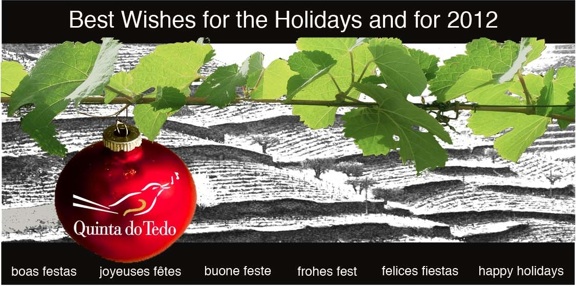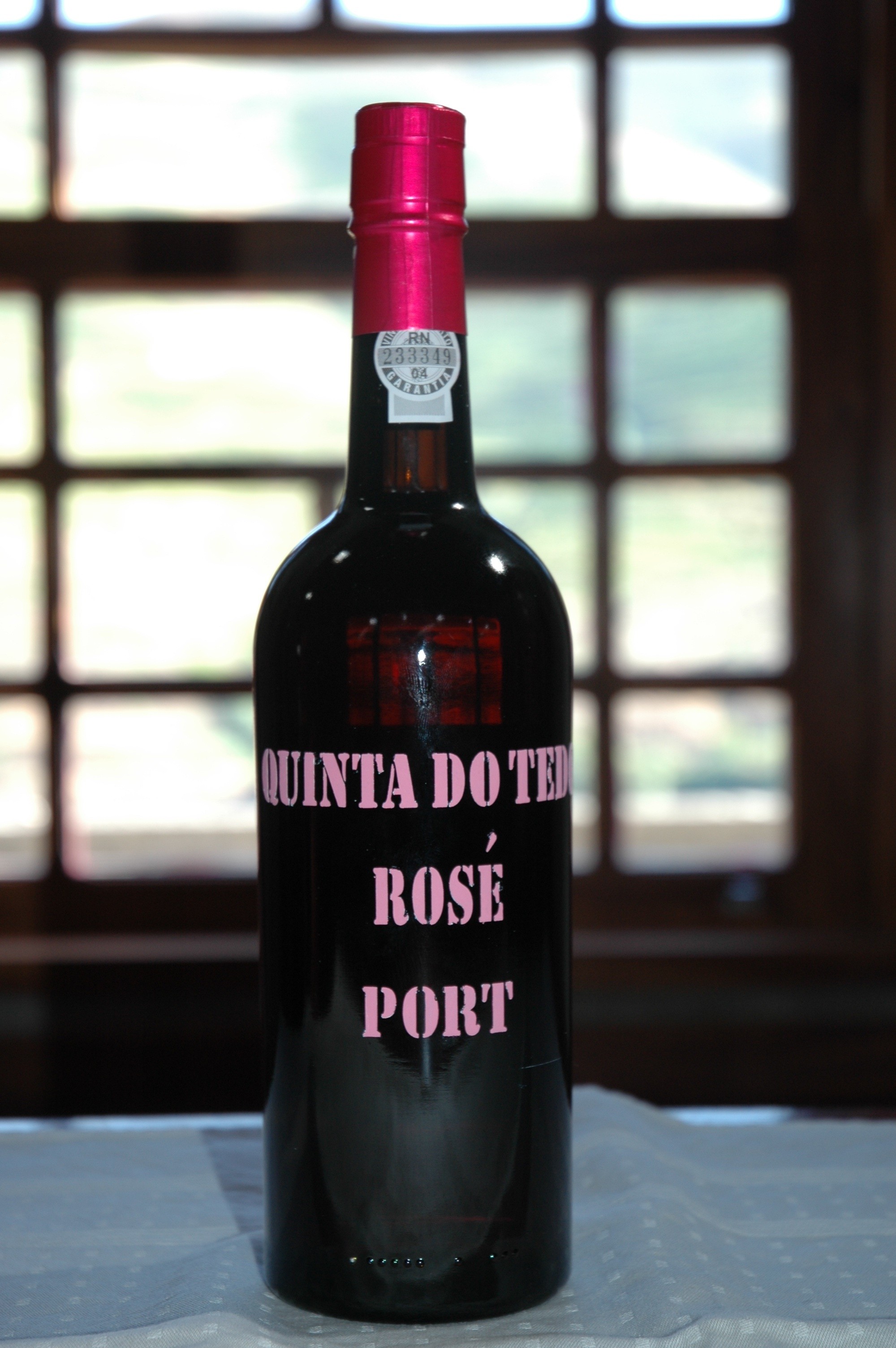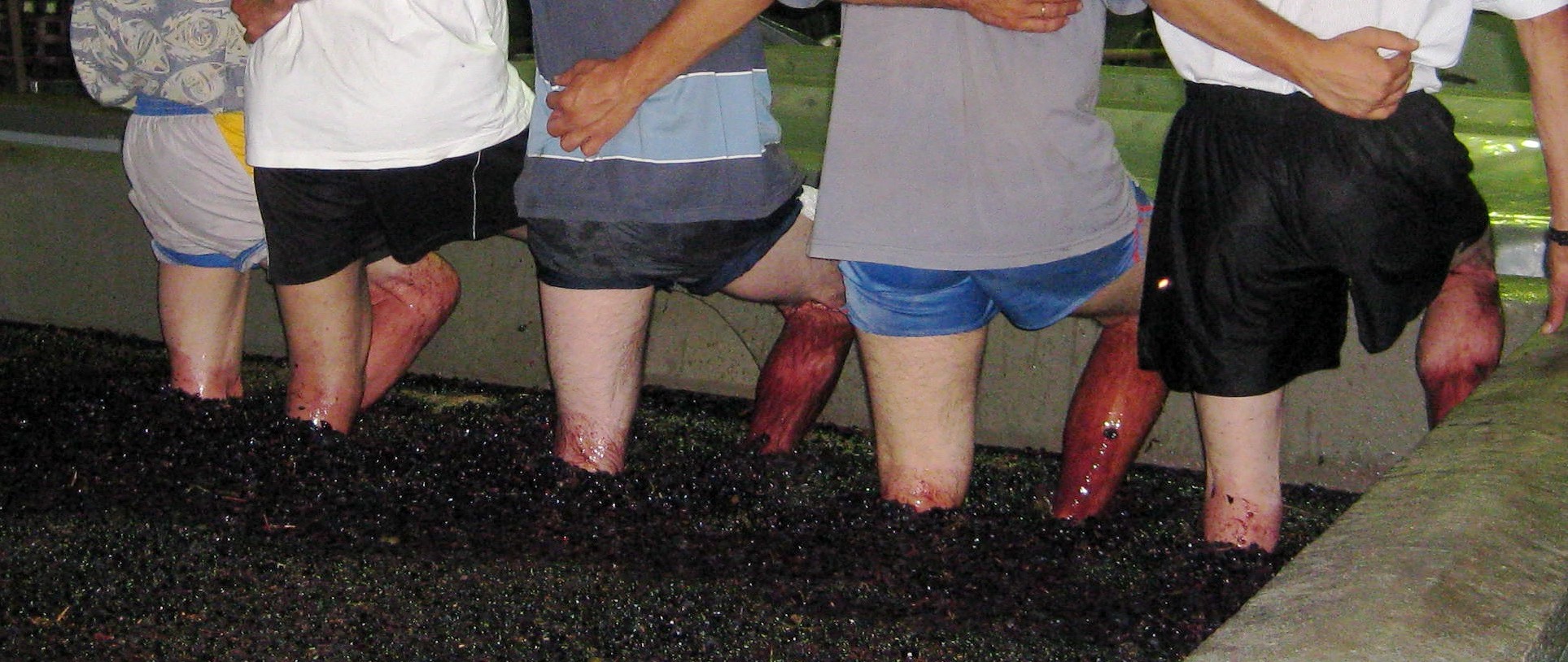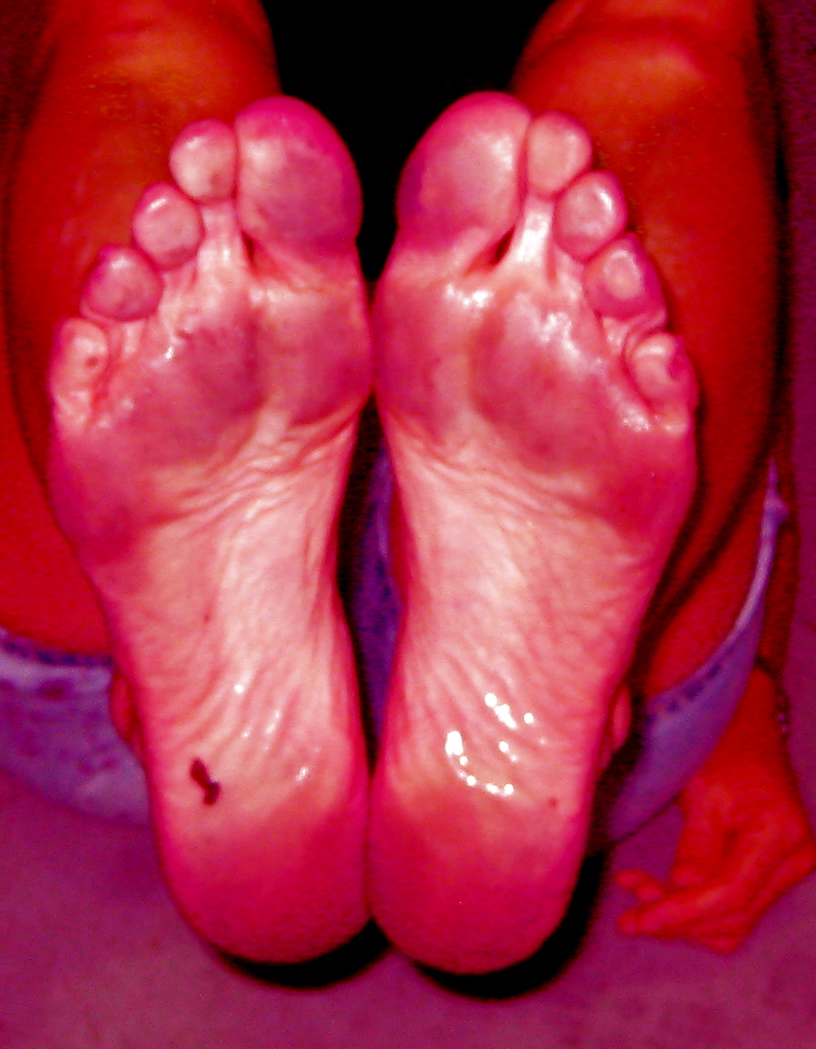Aguardente et Beneficio dans la production du Porto
Deux mots portugais, essentiels et méritant une explication approfondie pour la compréhension de l'élaboration du Porto sont : Aguardente et Beneficio. Aguardente est l'alcool ajouté pour muter le moût et finaliser le Porto. Aguardente se compose de deux mots : agua (eau) et ardente (ardent). A 77 % d'alcool, c'est chaud et brûlant ! Obtenu par la distillation de vin blanc, incolore et inodore, il est approuvé et uniquement vendu par la commission de régulation du Porto, l'Institut des Vins du Douro et du Porto (IDVP).
Avant les vendanges, en août, l'IDVP accorde à chaque domaine "le Bénéficio", c.à.d. la quantité de raisins qui pourra êtretransformée en Porto par l'ajout de l'Aguardente, limitant ainsi la quantité de Porto que le domaine peut produire pour l'année donnée. La quantité annuelle de "Bénéficio" pour l'ensemble du commerce du Porto est calculée et basée sur les ventes des derniers 12 mois et sur l'inventaire des stocks de vins de Porto à Vila Nova de Gaia et dans l'appellation Douro. Cette "soupape de sécurité" par la régulation de la production de Porto représente un effort évitant un marché en dents de scie ; en effet, en années économiquement florissantes, le "Bénéficio" accordé est important, il est moindre dans la situation contraire.
Le "Beneficio" est basé sur la classification du domaine. Le "Cadastro" est le registre viticole officiel du Douro, avec une classification graduée de A à F, selon le terroir, la vigne et le climat. Les critères suivants influent énormément sur la classification : altitude, type de sol, exposition, inclinaison, variété des cépages, âge de la vigne, etc… Les classifications A et B, les plus prestigieuses, ont généralement la permission de transformer l'intégralité de leur production autorisée en Porto et celles de C à F suivant une échelle mobile décroissante. Les vignobles Quinta do Tedo, single quinta, sont fiers d'être classé A (équivalent de grand cru), la meilleure classification possible : situés au bord du Douro, plantés sur un sol schisteux assurant une croissance optimale des cépages, orientés plein soleil pour une maturation régulière, ayant une inclinaison escarpée pour un bon drainage, aux cépages adaptés et aux parcelles âgées de 15 à 75 ans.
Que le "Bénéficio" ait un tel rôle clé dans la production du Porto m'intrigue, Américaine habituée à un système économique de laisser-faire. Ces régulations et règles existent depuis des décades afin de maintenir la qualité et de contrôler les quantités sur le marché.
Voilà le résultat final, rien de mieux qu'un verre de Quinta do Tedo.
End of Year 2011
Aguardente and benefício in port production
Two Portuguese words, pivotal in port production and well worth a more in-depth explanation, are aguardente and benefício. As explained in last month’s blog, aguardente is the added alcohol that fortifies grape must, and the end product is port. Aguardente combines two decisive words: água (water) and ardente (fiery). At 77% alcohol it is hot and fiery! Distilled from white wine, and sourced on colorless and flavorless merit, it is approved by and sold only through port’s regulatory body, the Instituto dos Vinhos do Douro e do Porto (IDVP).
Pre-harvest August is when the IDVP issues to each grower the benefício, (translated its root word is benefit), the amount of grape must permitted by the IDVP that can be turned into port by fortifying with aguardente, limiting how much port the grower can produce for the given year. Total annual benefício for the port trade is calculated based on sales in the last 12 months and the port wine inventory in Vila Nova de Gaia and in the Douro region. Considered “port's production-limiting safety valve”, in stronger economic years more benefício is granted and in weaker years less benefício is granted, in an effort to avoid a boom and bust sales pattern.
The benefício is based on the grower’s vineyard classification. The cadastro is the Douro’s official vineyard register with grading from A to F, based on land, vine and climate. The following criteria strongly influence the rating: altitude, soil type, sun exposure, slope, grape varieties, vine age, etc. A and B grading, the most presitigious, are generally allowed to make their entire authorized production into port, and C to F less on a sliding scale. Quinta do Tedo single quinta estate vineyards are proudly classified A, the highest rating possible: located on the Douro, schist soil for optimal port varietal growth, full sun exposure for even ripening, steep slopes for good drainage, suitable varietals and parcel age between 15 to 75 years.
That benefício would have such a key role in port production intrigues me, an American used to a laissez-faire economic system. These respected rules and regulations exist since decades, to maintain the quality and control the quantity on the market.
Présentation du Porto Rosé
Voici les différents types de Porto que nous produisons à partir des variétés de Porto rouge.
√ Ruby un assemblage de récoltes d'un vieillissement de minimum 3 années.
√ Tawny un assemblage de récoltes d'un vieillissement de minimum 8 années.
√ LBV un Porto issu d'une seule récolte, mis en bouteille après minimum 4 années de vieillissement en fûts.
√ Vintage le roi du Porto, mis en bouteille jeune, avec un potentiel de vieillissement légendaire.
Il y a quelques années, un prince est né : le Porto Rosé.
Le Porto Rosé est élaboré à partir des mêmes variétés de raisins que celles du Porto rouge. Sa particularité est que le premier jus de presse est versé dans des cuves fermées comme pour l'élaboration du vin blanc, pas de macération des grappes, ni de foulage aux pieds et aucune fermentation partielle dans les lagars. Le résultat est un jus clair en couleur et léger en tannins, apportant au jus de raisin la fraîcheur des arômes et des parfums. Tout comme pour l'élaboration des Portos traditionnels, un brandy est additionné après une fermentation aux deux tiers afin de stopper cette dernière. Pour le Porto Rosé une sélection d'un brandy spécial est additionnée pour respecter sa délicatesse.
Le résultat en couleurs? Imaginez des jus de fraises, de framboises et de grenades fraîchement pressés, clairs et lumineux ou même au printemps des cerisiers aux fleurs roses et en été des lauriers-roses. Au nez? Des framboises, des groseilles et une délicate note de cannelle. En bouche? Des fruits rouges sucrés, rafraîchissants et faisant oublier la teneur de ses 19 degrés.
Il est dit que le Porto a besoin de trouver sa place dans le mode de vie d'une plus jeune génération de consommateurs. Le but est atteint et il peut être aussi apprécié à tout âge. Servi à tout moment de la journée, frais comme un vin rosé, dans un verre avec un zeste de citron vert et quelques fraîches framboises, ou simplement seul pour sa pureté légèrement fruitée et délicieuse!
Fortifying must to make port
“Port is a fortified wine” sounds like a complex concept for many, myself included. This is one of the reasons for writing my blog: to demystify port and how it is made. Since we are a single quinta, a small quality-obsessed winery, we are able to control hands on all aspects of our port making, and are able to share this with our visitors who take our guided tour at the winery and with you through my blog.
Getting back to the fortification process: after the grapes are crushed, the resulting juice containing the fruit’s skins and pits, called must, is transferred to our open vats called lagares, and after 3 to 4 days of fermentation and maceration from foot treading the critical time arrives. When approximately ½ of the natural sugars still remain in the must a 77% alcohol grape spirit called “aguardente” is added to stop fermentation, by killing sugar-hungry yeast and leaving residual sugar behind. The end result is a fortified wine that is sweeter and stronger at 19% alcohol…port.
Leading up to this point samples are taken on a regular basis to measure the sugar level and when the fermentation has used up the calculated amount of sugar, finally a cry calls out to “abrir o lagar” or “open the vat”. Through a gravity flow system the must and aguardente are mixed and flow down to our winery’s lower level. Here we have a room lined with epoxy-lined cement tanks, ready to receive different lots of just-made port.
The leftover pomace, the solid remains of the must left in the lagar, is pressed again, receives a dose of aguardente and then added to the tank. Nothing to lose here! The newly made port is then left to rest for several months. Serious tasting then begins to evaluate which lots to blend together for further complexity to craft a vintage, LBV, ruby or tawny. I consider our winemakers enological disciples of legendary Gustave Escoffier, with their great talents of elevating our ports (instead of cuisine) to always higher quality levels: vive nos enologues Jorge and Hugo and nos portos!
For your information Portuguese aguardente is part of the larger family of distilled spirits to include brandy (interestingly the word derives from Dutch for “burnt wine”), all that are distilled at high temperatures. November’s blog will discuss aguardente sourcing and the obligatory authorization process to purchase the aguardente. Cheers!
















